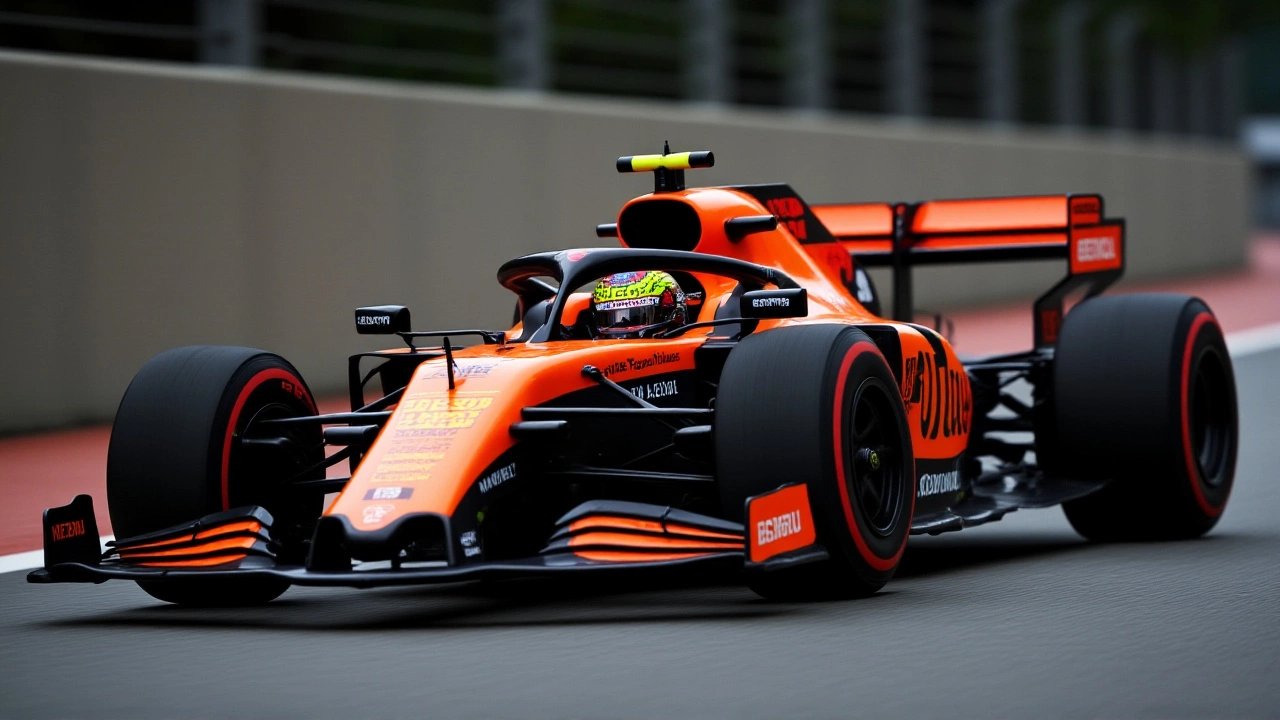Marina Bay Street Circuit
When you hear Marina Bay Street Circuit, a 5.063‑km street track that twists through Singapore’s downtown, you probably picture glowing towers and rain‑slick asphalt. Also called the Singapore Street Circuit, it hosts the Singapore Grand Prix, the first night‑time race on the Formula 1 calendar. This setting means teams must juggle high down‑force setups, intense heat, and the demanding rhythm of a city‑center layout. In short, Marina Bay Street Circuit blends street‑circuit chaos with high‑tech precision, making it a unique test for drivers and engineers alike.
The circuit is a classic example of a street circuit, a race track built on public roads rather than a purpose‑built venue. Because the surface is ordinary city pavement, grip levels vary lap after lap, especially after a rain‑shower. That variability forces teams to fine‑tune suspension geometry and tyre choices more than they would on a permanent circuit. Meanwhile, the Formula 1, the world’s top open‑wheel racing series brings its own set of demands: DRS zones, tight chicanes, and a long straight that tests straight‑line speed. The interaction between the street‑circuit layout and the regulations of Formula 1 creates a complex puzzle – a semantic triple: "Marina Bay Street Circuit encompasses street‑circuit challenges" and "Formula 1 requires aerodynamic efficiency" which together shape race strategy.
Key Features of the Marina Bay Street Circuit
First, the night‑race lighting system. It’s not just for show; it provides consistent illumination, reducing the visual strain drivers feel on high‑speed corners like Turn 1 and the famous "Singapore Sling". Second, the pit lane sits directly beneath the grandstands, meaning pit stops happen under a canopy of roaring fans, adding psychological pressure. Third, the short lap distance – just over five kilometres – means drivers see the start‑finish line many times, amplifying the impact of any mistake. Finally, the race always includes a mandatory safety‑car period, which in turn influences fuel strategy and tyre wear calculations.
These characteristics tie back to the broader ecosystem of motorsport law and regulations, a focus of our site. For example, the FIA’s safety standards dictate barrier placement and escape routes, while local Singaporean ordinances govern noise levels and street closures. Understanding how the circuit complies with both international sporting rules and city regulations helps teams avoid costly penalties and ensures a smooth event for fans.
Below you’ll find a curated collection of articles that dive deeper into the technical, legal, and fan‑experience aspects of the Marina Bay Street Circuit. Whether you’re a driver, a team engineer, or just a racing enthusiast, the posts ahead unpack the nuances that make this street track a standout on the global racing map.
Verstappen edged Piastri by 0.017s in Singapore GP practice as McLaren, Mercedes and Red Bull set up a three‑way pole battle ahead of qualifying.
